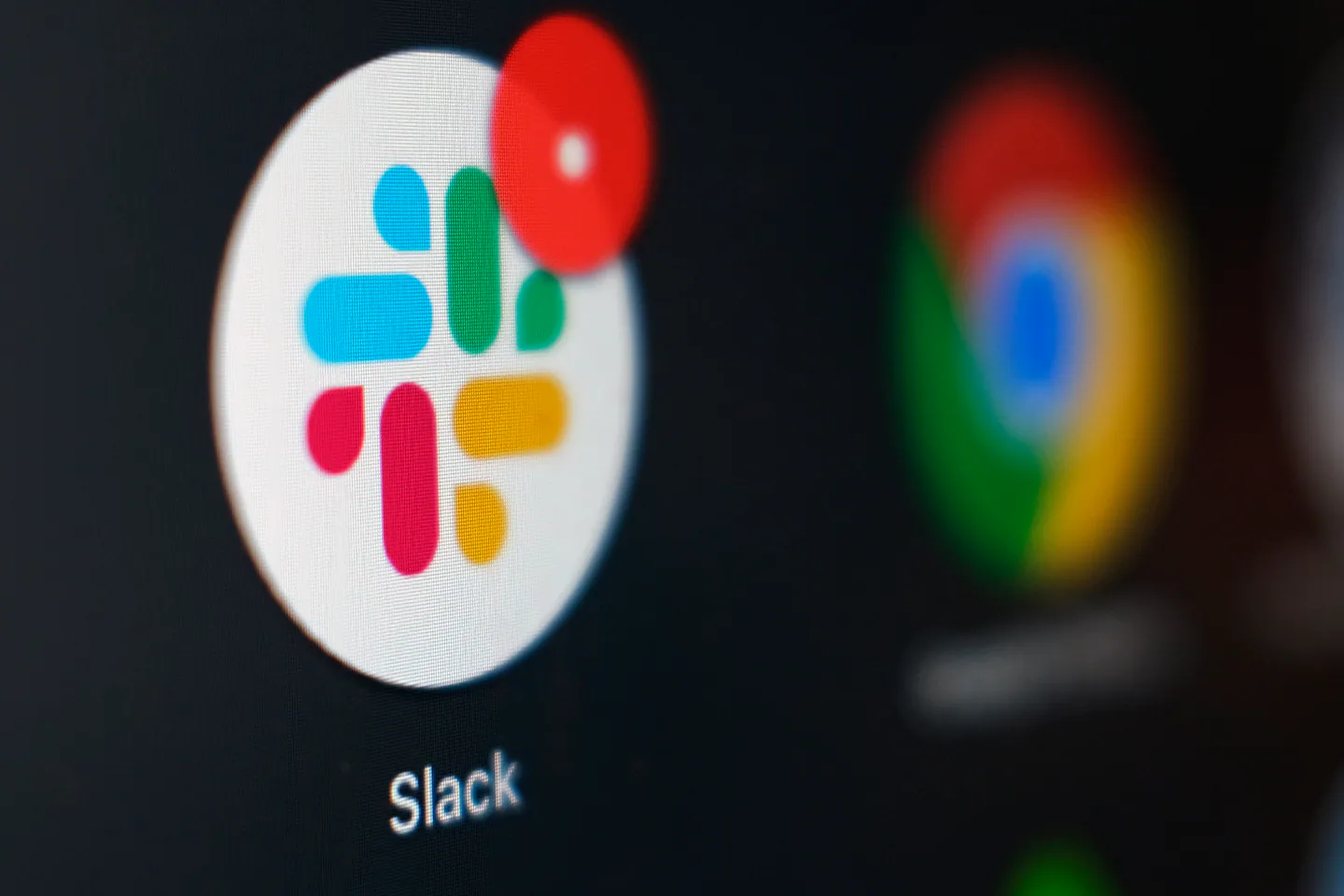Copyright Android Police

My opinion of Pixel phones has varied a lot over the years, but I've never wholly regretted buying one since I picked up the Pixel 2 XL. My experience has been broadly positive, and while I've come close to switching brands a few times, the trade-off was ultimately never worth it. One of the reasons I've stuck with Pixel phones for years has been their suite of language tools, which are unmatched by any other manufacturer. From my first Pixel to my current Pixel 8, all my phones have been trustworthy companions on my travels. The launch of Google Translate's new Practice mode has filled in the last gap in my Pixel's foreign language capabilities. After this feature hits full release, I'll be able to use the built-in features on my Pixel phone to perform any language-related task I desire. When I'm traveling, here's why my Pixel is my most valuable asset. Google is consistently pushing the capabilities of on-device translation Want the best translation features? Get a Pixel Google launched Voice Translate alongside the Pixel 10. In theory, this feature would translate your phone conversations, so the person on the other end wouldn't need to know your spoken language to understand your speech. In practice, this feature mostly works, albeit best in short, simple phone calls like checking a business's opening times. Caveats aside, it's an incredible feature that shows how far Google has come since the early days of Google Translate. Voice Translate is currently exclusive to the Pixel 10, but if previous device-exclusive features are anything to go by, we can expect it to arrive on earlier Pixel phones and perhaps other Android devices. AI is behind the recent surge in language features on our phones like Voice Translate, but even before Gemini launched, Google had turned Translate into a remarkably accurate tool and packed our Pixel phones with translation features unmatched by other devices. Many of these features are found through the Google Translate app, which is available for Android and iOS devices, but just as many are Pixel exclusive. Like Voice Translate, these are remarkably powerful features that showcase the Pixel as a traveler's best friend. Live Translate is my favorite Pixel-exclusive feature It impresses me every time I travel Live Translate isn't technically a single feature, but rather a suite of translation tools targeted to help you wherever you might encounter a foreign language. Voice Translate is part of this family, but there are more. Despite the capabilities of AI, it struggles to handle real-time communication. Text translation is far simpler, which is why we've had Live Translate on our Pixel phones since 2023. This translates text messages before you read them, so you only see messages in your language. Live Captions automatically produces captions when it detects a foreign language being spoken. This works whether you're watching a video, listening to music, or on a phone call. Unlike Voice Translate, Live Captions only produces captions. It doesn't affect the audio you hear. Finally, I can use my Pixel's camera to translate text on the go. Translating text from images isn't exclusive to Pixel phones, but Live Translate immediately translates text on signs when I point my phone's camera at them. My Pixel has saved me more times than I can count I wouldn't want to be lost with any other phone I rarely count on any technology to perform a task without a backup plan; for example, I use Google Wallet to make all of my payments, but I also always carry cash. However, when it comes to translation, I leave my phrasebook at home. One of my favorite uses of Live Translate is to translate handwritten signs. I could decipher printed text by copying them into Google Translate, but it's incredibly hard to translate handwritten words in a language you don't know. However, my Pixel can understand and translate them in less than a second. I've used it to translate restaurant signs, then order food in the local language in minutes. I've come to rely on it so much that I use it while a server is waiting for me, as I know it won't take much longer than ordering at home. Another time, I was lost in a foreign city without an internet connection. Thankfully, I had downloaded the language pack onto my device and used my Pixel to translate road signs and locals' directions to get home safely. While translation isn't as reliable offline as online, it's been enough to get me out of a pinch more times than once. Live Translate for text is also a crucial feature for travel. I use it the most through the odd hotel booking that doesn't communicate in English, but I've also come to rely on it when communicating with local businesses. These anecdotes are just a few examples from my life, but I regularly hear from peers how translation tools have become a part of their travels. Not all of them use a Pixel phone, but I always recommend one as it blows every other phone out of the water when it comes to translation. Features don't stay exclusive for long, but Google stays ahead of the curve Whether shared intentionally or copied, Android features don't stay exclusive for long. Samsung also boasts a Live Translate feature, which works similarly to Google's Live Translate. Over time, I expect all of the currently Pixel-exclusive translation tools like Voice Translate to find their way to other devices, but I'll still stick with Pixels for my travels. Google is leading the way when it comes to on-device translation, and considering the amount I travel, that's a hugely important feature to consider when choosing an Android phone. Annoyingly, I can't use Voice Translate on my Pixel 8 yet, but a new Pixel 10 is looking more tempting every day.



